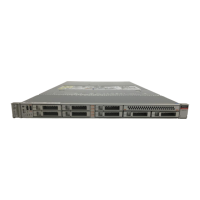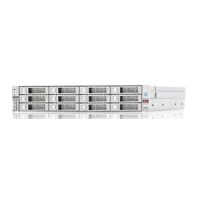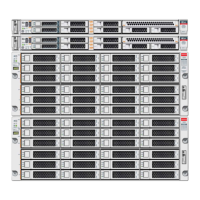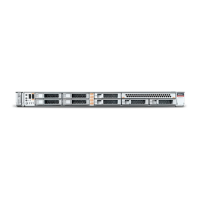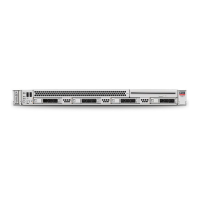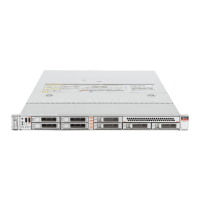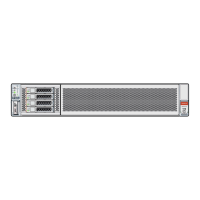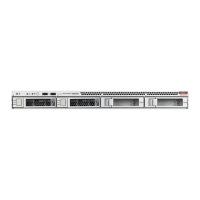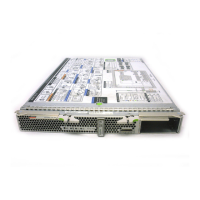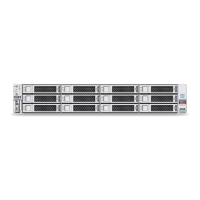

Do you have a question about the Oracle X7-2 and is the answer not in the manual?
| Processor | Intel Xeon Scalable processors |
|---|---|
| Number of Processors | 1 or 2 |
| Memory | Up to 1.5 TB DDR4 |
| Memory Slots | 24 DIMM slots |
| Form Factor | 2U Rackmount |
| Storage Bays | 8 x 2.5-inch |
| CPU Socket | Socket P (LGA 3647) |
| Power Supply | Redundant hot-swappable power supplies |
Access documentation and resources for Oracle Server X7-2 and related products.
Provide feedback on the documentation via the Oracle website.
Maintenance procedures for troubleshooting and repairing server hardware issues.
Procedures to address server overheating and component damage.
Steps to resolve server power-on problems.
Utilizing diagnostic tools to isolate component problems and system status.
Essential safety measures for equipment setup and component handling.
Guidelines for handling ESD-sensitive components to prevent damage.
List of tools needed for server servicing and component replacement.
Prerequisite procedures before removing or installing server components.
Conditions that affect the ability to hot-plug storage drives.
Step-by-step instructions for removing and replacing HDD or SSD drives.
Procedures for servicing NVMe drives in Oracle Linux environments.
Procedures for servicing NVMe drives in Microsoft Windows Server.
Visual guide to DIMM and processor placement on the motherboard.
Rules for adding DIMMs to optimize system performance and compatibility.
Guidelines for symmetrical memory population for balanced performance.
Steps to identify and remove a failed DDR4 DIMM using the Fault Remind button.
Overview of managing BIOS configuration using Setup Utility and Oracle ILOM.
How to access and navigate the BIOS Setup Utility screens.
Overview of UEFI BIOS features and configuration utilities.
Common tasks performed in the BIOS setup for managing the server.
Details on options available in the BIOS Main Menu.
Details on options available in the BIOS Advanced Menu.
Details on options available in the BIOS IO Menu.
Details on options available in the BIOS Boot Menu.
Using Oracle ILOM to view component health and detect system faults.
Identification of system components and naming conventions.
List of SNMP traps generated for environmental conditions.
List of SNMP traps related to hard disk drive events.
